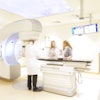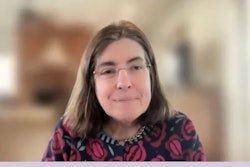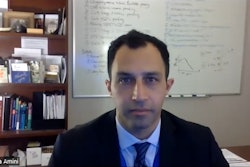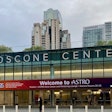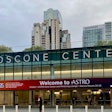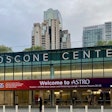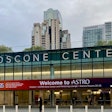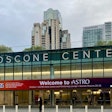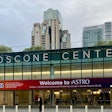Radiation oncology continues to experience workforce challenges, but radiology departments and medical schools can help spur interest in the specialty, according to an article published January 30 in the Journal of the American College of Radiology.
A team led by Arya Amini, MD, from the City of Hope National Medical Center in Duarte, CA, outlined potential ways to address workforce issues at the institutional level, including spurring interest among medical students and expanding into underserved areas.
“We propose potential solutions to ensure an adequate and diverse number of residency applicants to serve the future workforce needs in radiation oncology,” Amini and colleagues wrote.
Radiation oncology has experienced a decline in residency applicants over the past several years, resulting in a higher number of unmatched positions. The year 2023 showed a continued decline in applicants with 37 unmatched positions.
The researchers noted that this could be caused by several factors, including concerns about future job opportunities, decreased pass rates in the American Board of Radiology (ABR) radiation biology and physics boards exams, and lack of formal exposure to the field during medical school training.
They proposed several potential solutions in the following areas: job market and workforce, board examination, radiation oncology exposure, and diversity and inclusion.
Job Market and Workforce
Initiatives the team suggested in this area include the following: potentially limit program sizes, consider whether to participate in the Supplemental Offer and Acceptance Program (SOAP), expand programs into more underserved areas, and promote annual job market placement.
Regarding SOAP, the team wrote that residency programs and chairs should be more selective on applicants who are matched through SOAP. This is to make sure that more applicants focus on smaller programs that provide a critical need to certain patient populations, they wrote.
Additionally, applicants can be encouraged to follow non-traditional paths within radiation oncology. The researchers highlighted that this could include practicing in more rural areas that use telehealth or working with global health initiatives.
Examination Boards
Here, the team suggested that the number of board exams could be combined or reduced and that responsiveness by the ABR regarding questions and concerns could be improved.
“Restoring residents’ confidence in the fairness, consistency, and relevance of the ABR’s examinations will facilitate positive representation of the field to prospective medical students,” it wrote.
Radiation Oncology Exposure
The researchers outlined several ways radiation oncology can be promoted on an institutional and educational level. These include utilizing social media and chat forums, including radiation oncology in medical school curricula, implementing mentorship programs, and creating oncology interest groups in medical schools.
Previous reports indicate that most fourth-year medical students are never exposed to radiation oncology. Along with that, they suggest that many medical students do not consider the field due to their perceptions of radiation oncology being heavy in physics and math, needing competitive U.S. Medical Licensing Exam (USMLE) scores, and being a challenging job market.
“We need to continue to address and clarify these concerns and misconceptions in our field including those regarding the job market,” the researchers wrote.
Diversity and Inclusion
The team noted that under 5% of radiation oncologists are professionals from underrepresented backgrounds.
“Better representation of under-represented minorities may allow for increased number of radiation oncologists who will choose to practice in underrepresented minority communities,” Amini et al wrote.
Suggested solutions toward increasing diversity and inclusion in this area include broadening the diversity of the applicant pool, implementing mentorship programs for minority residents, and receiving grant support.
While the radiation oncology field faces challenges, the researchers highlighted that “the majority” of graduating residents in the field are successful in finding employment, “especially if they have geographic flexibility.”
“Although we need to remain mindful of supply and demand issues for the specialty of radiation oncology, we need to remain optimistic regarding the core value of radiation in the management of oncology patients, with confidence in the future of our specialty,” they wrote.
The full article can be found here.

